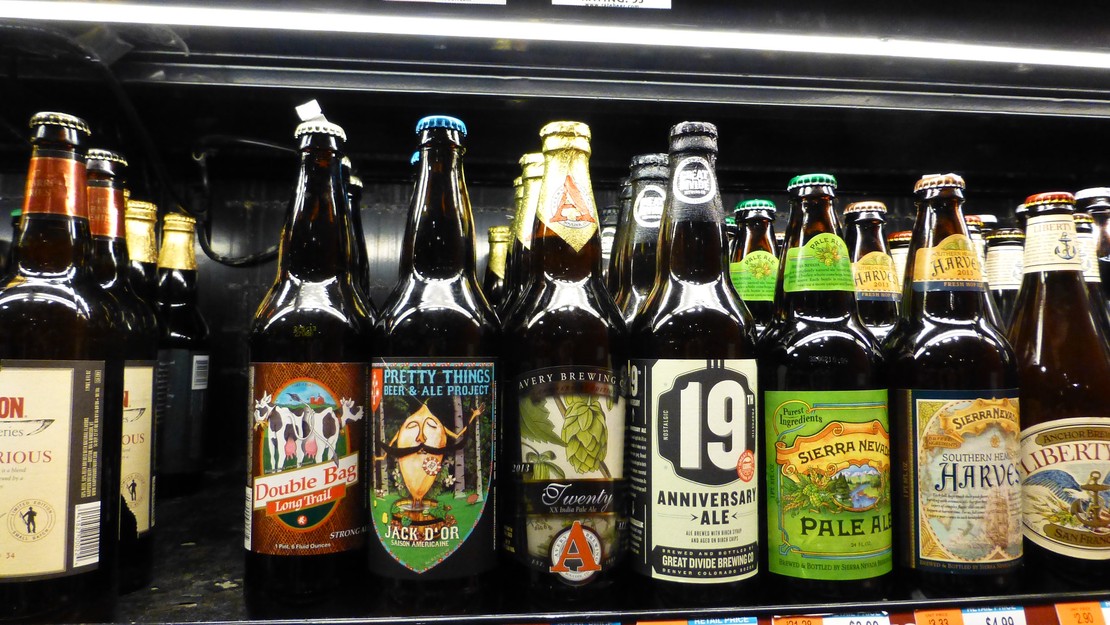
Unraveling Beer Labels: Decoding ABV, IBU, and more
- Beer school
- November 6, 2023
Beer labels often contain a wealth of information about the brew inside the bottle. However, the plethora of acronyms and industry jargon can make it confusing for consumers to decipher these labels. Fear not, as we break down the key information found on beer labels, such as ABV (Alcohol by Volume), IBU (International Bitterness Units), and SRM (Standard Reference Method). After reading this article, deciphering beer labels will be a breeze!
Alcohol by Volume (ABV)
ABV, short for Alcohol by Volume, is a measure of the alcohol content in beer. Expressed as a percentage, ABV indicates the amount of pure alcohol in a given volume of the beer. For example, if a beer has an ABV of 5%, it means that 5% of the total volume is pure alcohol. ABV is typically listed on beer labels to help consumers understand the strength of the beer and make informed drinking choices.
International Bitterness Units (IBU)
IBU stands for International Bitterness Units, which measure the bitterness of a beer resulting from hop compounds. Hops are a type of flower used in brewing beer, and they contribute both bitterness and aroma to the final product. The higher the IBU, the more bitter the beer will taste. However, it’s important to note that the perceived bitterness can also be influenced by other factors such as the malt sweetness and alcohol content. IBU values can range from as low as 0 for a low bitterness beer to over 100 for extremely bitter beers.
Standard Reference Method (SRM)
SRM, or Standard Reference Method, is a method used to measure the color of beer. It provides a numerical value that represents the intensity of color in a beer, ranging from pale yellows and golds to deep amber or dark brown hues. SRM values are determined by measuring the amount of light absorbed by a beer sample. The higher the SRM number, the darker the beer will appear. This information helps consumers visually understand the beer’s color profile before making a purchase.
Other Information on Beer Labels
In addition to ABV, IBU, and SRM, beer labels may contain other useful information that can help in understanding the beer’s characteristics:
Style: Beer labels often indicate the beer style, such as IPA (India Pale Ale), Stout, Pilsner, or Wheat Beer, giving consumers an idea of what to expect in terms of flavor and aroma.
Ingredients: Some labels may list the ingredients used in brewing the beer, including different types of malts, hops, yeast strains, and additional flavorings.
Food Pairings: To enhance the overall beer-drinking experience, labels may suggest suitable food pairings that complement the flavors of the beer.
Brewery Information: Beer labels typically include the name and location of the brewery responsible for producing the beer, allowing consumers to identify and support their favorite breweries.
Next time you’re browsing the beer aisle or enjoying a pint at your local brewery, you can confidently decode the information on beer labels. Understanding the ABV, IBU, SRM, and other details will help you make informed choices and discover new beers that match your preferences. Cheers to unraveling the mystery behind beer labels!
Subscribe
Stay up to date with Spilled My Beer
We promise we won't spam you!


